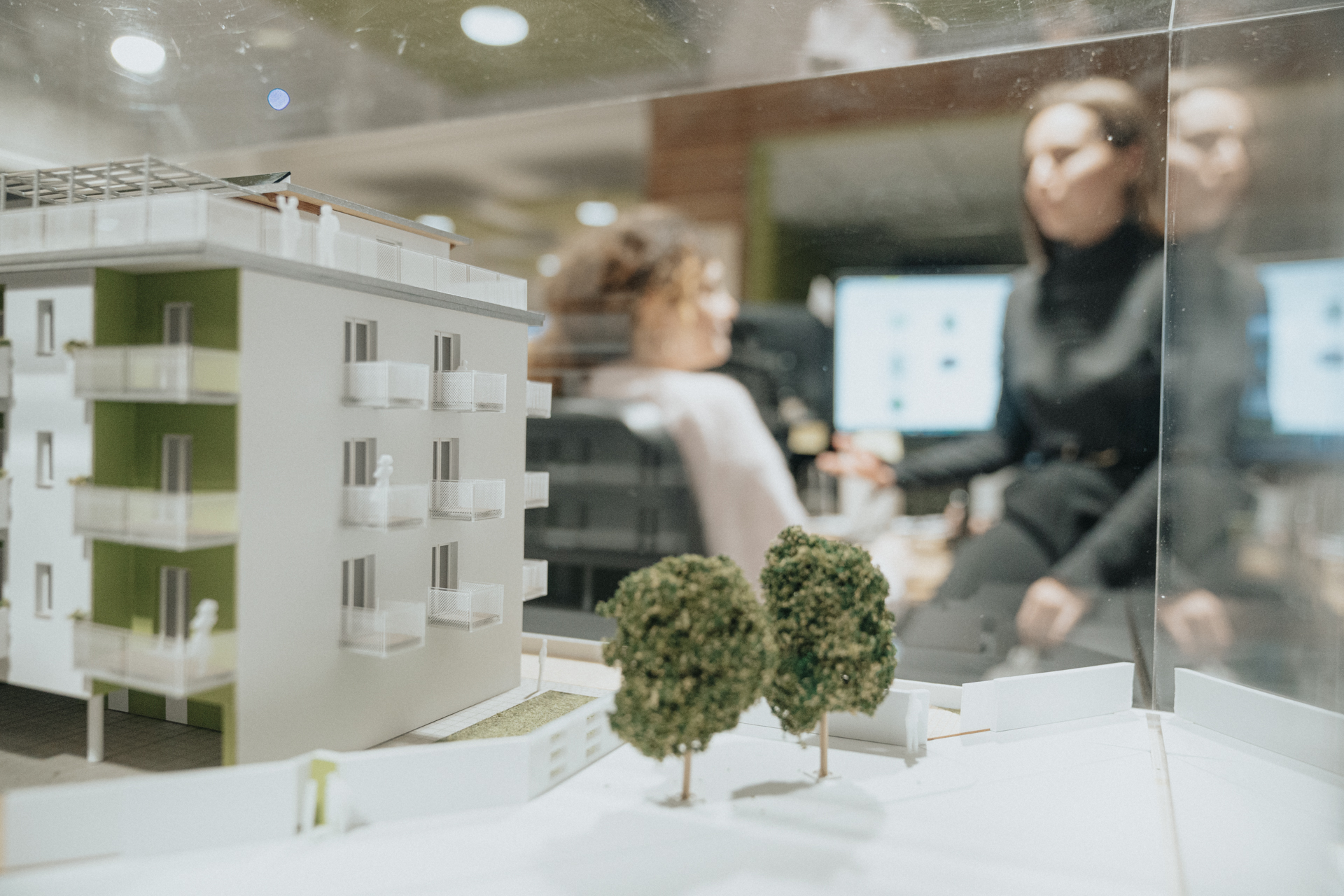The National Recovery and Resilience Plan, PNRR, has been described by many as Italy’s last opportunity to catch the train of growth and implement the reforms that the most productive, internationally oriented, and efficient sectors have been demanding for years.
Part of the NextGenerationEU (NGEU), the plan is designed as a combination of investments and reforms, with key focus areas including:
- Public administration
- Education
- Taxation
- Justice
- Simplification
- Competition
In terms of investments, a total of 191 billion in public funds is allocated over the period 2020–2026.”
"With an allocated amount exceeding 2.5% of the annual GDP, Italy is the largest beneficiary of PNRR funds."
The revolution of procedures, between challenges and opportunities
With an allocated sum exceeding 2.5% of the annual GDP, Italy stands as the primary beneficiary of the Recovery Fund, making it a closely monitored indicator of the success or failure of the Recovery Funds. The legislative intent is also to encourage financial leverage to attract private investments and introduce the culture of public-private partnerships in Italy. Believing that the construction sector’s share is the most important part of the Recovery Plan is a simplification: the part to be emphasized is that of the revolution in procedures, especially the efficiency of process management.
Strategically, two key aspects emerge:
- On a European level, it represents the first step towards a European fiscal union.
- Nationally, it presents a real opportunity to reverse the debt curve and strengthen growth.
The risk is precisely in this subtle but fundamental distinction: if reforms and investments (both public and private) give a strong and lasting support to economic growth, the PNRR will have made it possible to improve debt sustainability for younger generations, reducing the value in proportion to GDP.
However, if the PNRR results only in increased spending, it will add to the significant fiscal burden that the generations currently active in the workforce, but not yet in decision-making roles, will reluctantly bear.
«The design and construction industry has a lot to offer and a lot to gain».
PNRR, spotlight on timelines
The outlined framework makes the positive contribution of economically active and technologically advanced sectors in the Italian production landscape even more urgent. The construction sector has much to offer and gain if it can be prepared and flexible. One of the most challenging aspects is time. Since the works must be completed by 2026, it will be crucial for the entire administrative, design, authorization, and implementation process to proceed seamlessly.
Public Administration is the entity tasked with managing these complex processes, nationally (and internationally) relevant projects, and stringent timelines.
To ensure the process is as efficient as possible, part of the funds are aimed at modernizing the Public Administration and rewarding merit and efficiency.
As observed by OICE in its quarterly report at the end of 2021, all regions have already hired operational technicians for fund management (administrative experts, agronomists, architects, lawyers, environmental law experts, biologists, IT experts, legal experts, environmental experts, but above all, experts in managing and monitoring complex projects). Furthermore, 40% of tenders awarded by the end of the year were aimed at identifying support roles for the Single Process Manager (RUP).
Lastly, significant attention is given to digitizing the interface with the public and administrative procedures, with the goal of reducing costs and time and improving service quality.
The key role of designers and BIM methodology
On one hand, the more efficient administrations will be those capable of developing more complex projects, securing a more substantial portion of funding. On the other hand, the entire supply chain must be able to respond by ensuring the management of processes within certain timelines.
“On one hand, the more efficient administrations will be those capable of developing more complex projects, securing a more substantial portion of funding. On the other hand, the entire supply chain must be able to respond by ensuring the management of processes within certain timelines.
For the design phase, this means identifying groups of professionals that are both structured to coordinate multidisciplinary operations and flexible enough to address contexts characterized by volatility, uncertainty, complexity, and ambiguity (VUCA).
Designers have several strengths on their side: foundational to this is technological innovation, primarily Building Information Modeling (BIM), which, when used at all decision-making levels, in all phases, and for all disciplines, allows for better process management and the ability to tackle challenges that were unimaginable just a few years ago.
In addition, architects and engineers have the capacity to take on very different roles in various phases of project realization. Those who have gained experience in recent years are well-prepared for this significant turning point and can support both public and private stakeholders in decision-making and process management.


«Designers who have developed strong flexibility, multidisciplinarity, and mastery of cutting-edge technological tools arrive well-prepared for this crucial engagement.»
The impact of PNRR on construction industry
Those venturing into the 269 pages of the PNRR for the first time might think that, aside from infrastructure, the construction sector has not been adequately considered in the distribution of the 191 billion it comprises.
In reality, it is implied within the six missions that make up the plan, and additionally, a complementary fund has been set aside to create or enhance fourteen major cultural attractions, totaling 1.5 billion euros.
Opportunities for design studios
Based on preliminary calculations, it amounts to over 25 billion euros (13% of the total PNRR), earmarked for investment in the design and construction sector over the next five years. The educational sector takes the lead (almost 10 billion), followed by urban regeneration (almost 6 billion) and healthcare (almost 5 billion).
For architects and engineers, this presents an incredible abundance of design opportunities in 2022 and, in the following years, project management and on-site support.
The challenge for established firms is to transform a potential temporary peak in workload into a stepping stone for accessing larger and more significant opportunities, perhaps with an eye on future international perspectives. Smaller, younger, and more geographically dispersed groups, on the other hand, have the chance to turn even the most decentralized administrations into clients with significant economic leverage and a precise timeline.
In conclusion, designers have an extraordinary opportunity to steer towards sustainability, inclusion, and economic recovery. And with them, the entire supply chain.

